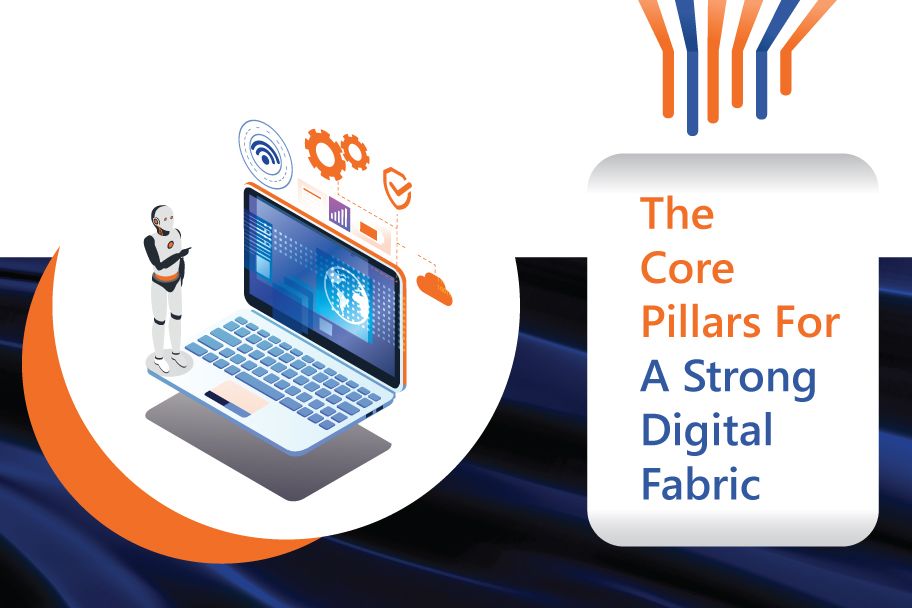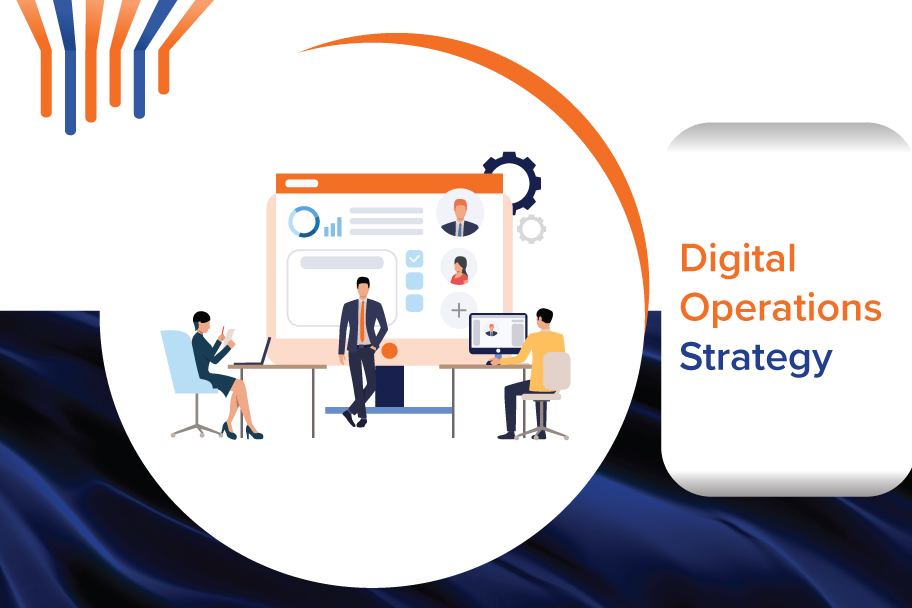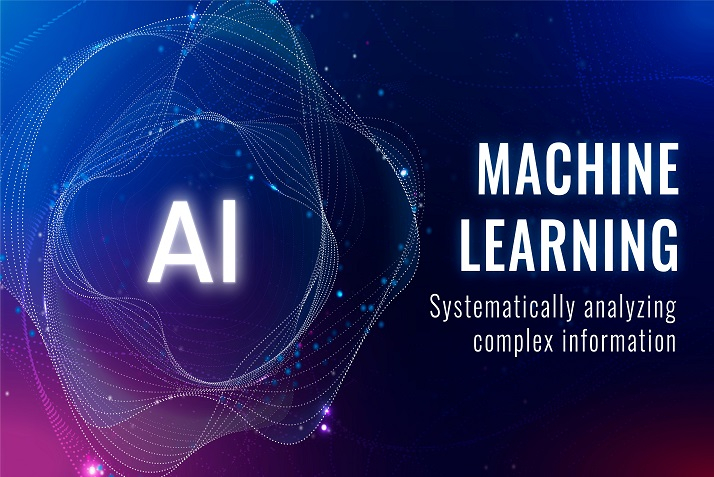Digital Fabric – Why is it needed?
As organizations are embracing digital transformation, it is imperative for them to invest in the right set of frameworks that make the transformation successful for the near term and durable for the long term. Every organization should weave a unique digital fabric taking into account of the sunk cost of its existing technology and new-age solutions. The digital fabric should streamline the system, automate the process workflow, and provide a native digital experience compounded by cognitive intelligence.
Core Characteristics of a Digital Fabric:
Right technologies play a vital part in the evolution of strong a digital fabric to bring a sustainable cognitive driven and automation-led digital transformation, Some of the key aspects that should be considered are:
Automation-led transformation:
1) Process Mining: The task or actions performed by the workforce across different business processes are captured in the form of data sets and event logs in the digital systems. Process mining tools capture these event logs and sub-events like deviations, discrepancies, workarounds, and workflow gaps between the processes to optimize and automate them more efficiently.
“Process mining should be performed before automating a particular process to maximize automation benefits”

Source: UiPath
2) Robotic Process Automation (RPA): Business processes that are repetitive, transactional, rule-based, and high volume that do not require human intelligence can be automated using RPA. RPA helps to build software bots that interact with systems and mimic human actions like scraping web data, making calculations, opening, and parsing emails, etc. and allows humans to perform more productive work.
3) Cognitive Automation: Cognitive automation combines Machine learning (ML), Artificial Intelligence (AI), and Analytics to simulate human intelligence like data analysis & visualization, understand & interpret languages, scan & convert documents, listen, and converse with precision. Unlike RPA, it can work on unstructured data and processes.
4) API-led Integration: API-led Integration is the process of integrating data sources (hosted on-premises and cloud) with enterprise applications (internal and external) to accelerate the connectivity of information assets across the enterprise. The key outcomes of successful API-led integration are:
- Optimized Operations Management
- Improved Employee Experience
- Better Revenue Management
- Enhanced Customer Experience
Once the integration is done by choosing the right type of APIs (System APIs, Process APIs, and Experience APIs), the data can flow seamlessly across systems which paves the way for automation.
5) Digital Workflow: Workflow automation comprises business process management tools that can orchestrate and automate workflows across any number of business functions. While process mining, RPA, and cognitive automation can optimize and automate processes, BPM tools allow you to build better workflow integration and automation.
BPM also uses low-code/no-code applications to build simple workflows between functions making automation more connected, agile, and consistent.
6) Low-Code / No-Code drive Digital Native Solutions: Low-code / No-code platforms enable both hard-coded developers and citizen developers (non-IT trained employees) to build web and mobile apps much faster than traditional ways of software development making your enterprise a true digital native that can scale operations faster and make innovations consistently than regular businesses. Low-code / No-Code works well with technologies like cloud, IoT, and artificial intelligence, to enhance your digital transformation efforts at much faster pace.
How to Apply the Digital Fabric and Transform!
Leaning on good technologies may build a strong digital fabric for transformation. Beyond that, the important aspect that needs to be considered is readiness for the organization to adopt it with the right frame of mind. To make change smooth and better accountable, the Digital transaction center of excellence team at iOPEX has developed the DELTA model to achieve continuous, sustainable, and accelerated digital transformation.
The Bottom Line:
It is evident that redefining processes and combining them with the right set of technologies is crucial for a successful digital transformation approach. The need for a digital fabric is important to drive efficiency and growth, while on one side the focus should be on building a truly digital-native enterprise with secured technology solutions, and on the flip side, the success lies in understanding the business and customer needs with a transformational mindset/approach.













